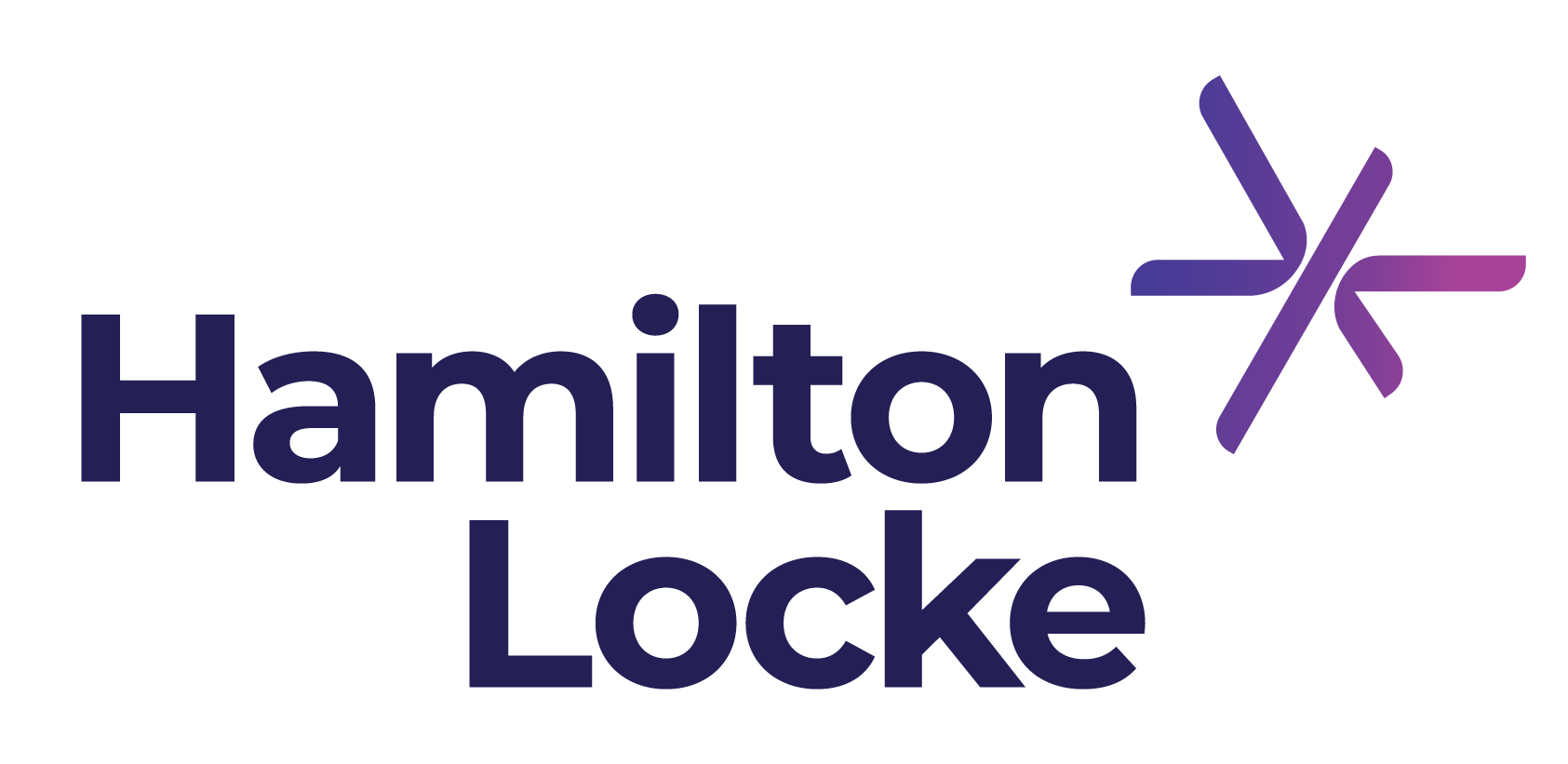WHAT’S NEXT FOR THE FINANCIAL ADVICE SAFE HARBOUR PROVISION?
Published on Sep 25, 2019

The Safe Harbour provision was supposed to provide financial advisers with more certainty in meeting their legal obligation to act in the best interests of their clients. But in the aftermath of the Hayne Royal Commission, the Safe Harbour provision’s days may be numbered.
What is the Safe Harbour?
More importantly, what isn’t the Safe Harbour? I’ll tell you – it’s not the same as the best interests duty (BID).
The BID is a broad obligation imposed on financial advisers to act in the best interests of their clients. The Safe Harbour provision is just one way to comply with the BID.
That’s right - the Safe Harbour is merely an option that advisers and licensees have available to them. It’s not compulsory for advisers to comply with the Safe Harbour provision. However, it is clearly the most common way for advisers to comply with the BID.
To obtain the protection of the Safe Harbour, an adviser must demonstrate that they completed seven steps throughout the advice process. The seven steps are:
- Identify the client’s needs and objectives;
- Identify the subject matter of advice sought by the client;
- Make reasonable enquires to obtain complete and accurate information;
- Assess whether the adviser has the expertise to provide the advice;
- Research products that might meet the needs and objectives of the client;
- Base all judgements on the client’s needs and objectives; and
- Take any other step that would reasonably be regarded as being in the best interests of the client.
ASIC treats the Safe Harbour as the only way to comply with the BID
While the Safe Harbour is the most common way for advisers to comply with the BID, failure to comply with the seven steps does not mean you have failed to meet the BID. It just means you don’t have the protection of the Safe Harbour. The problem is that ASIC has often treated the Safe Harbour as if it’s the only way to comply with the BID.
A number of reports issued by ASIC – including Report 515 and Report 562 – were produced on the basis that if the client file did not demonstrate compliance with all seven steps of the Safe Harbour provision, then the adviser had failed to comply with the BID. This isn’t legally correct.
Why has ASIC taken this approach? Because it’s convenient and consistent. It’s easier for ASIC (or a licensee for that matter) to use an objective test when reviewing client files rather than a subjective one. This is why most licensees have set up their compliance systems to monitor and enforce compliance with the Safe Harbour, not the BID.
What can go wrong with the Safe Harbour?
In my experience, if an adviser/licensee chooses to rely on the Safe Harbour provision in order to demonstrate compliance with the BID, there are three main areas where advisers get it wrong:
- Failure to demonstrate adequate product research (in particular the client’s existing product);
- Inadequate documentation and/or explanation of why the advice is in the client’s best interests; and
- Failure to link each recommendation to the stated needs and objectives of the client (i.e. advice looks generic and product-centric, rather than client-centric).
These three areas of failure tie into the obligation to provide advice that is appropriate for the client, taking into account their needs, objective and circumstances. At a minimum, you must explain how your advice addresses the client’s needs and objectives and why it’s likely to leave the client in a better position. This should be documented on the client files and summarised in the SOA.
Where to for the Safe Harbour provision?
It’s clear that Commissioner Ken Hayne is not a fan of the Safe Harbour provision. In his final report, Hayne recommended that the Safe Harbour provision should be repealed at the end of 2022 “unless there is a clear justification for retaining it”. He suggested that the Safe Harbour encourages a form-over-substance approach to advice. According to Hayne, by removing the Safe Harbour and relying on the BID alone, advisers would have to focus on the quality of their advice rather than a compliance checklist.
Somewhat bizarrely, it appears that the Safe Harbour provision will not provide much protection with respect to compliance with FASEA Code of Ethics Standard 2. The Explanatory Statement says that “even if you follow the steps set out in section 961B of the Act, you may still not have complied with the duty under the Code to act in the client’s best interests.”
So while the Safe Harbour provision was designed to provide advisers with a degree of certainty with respect to the BID, we don’t believe it provides as much protection as many advisers and licensees think. Our view is that using a Safe Harbour “checklist” alone is probably not enough – it really should be combined with an assessment of the appropriateness of the advice provided.
For the moment, the Safe Harbour provision lives to fight another day, but it may not be with us much longer. If you’re reviewing how your business complies with the BID or Code of Ethics, get in touch – we’d be happy to help.
September 2019


